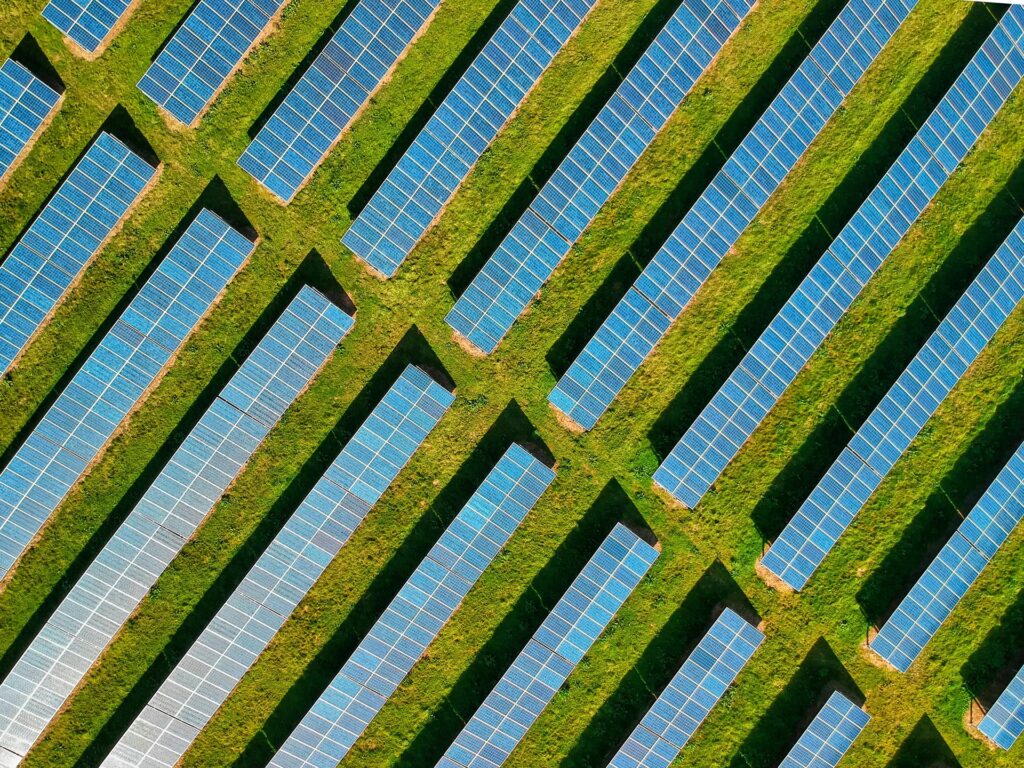
Last week, Pope Francis published an Apostolic Letter in the form of a ‘motu proprio’ -a brief document, which affects concrete issues, not strictly doctrinal-, called ‘Fratello Sole‘ (Brother Sun).
In it, he proposes to install an agrovoltaic power plant at the Holy See, more precisely in the extraterritorial area of Santa Maria di Galeria, 18 km north of Rome, where the Vatican Radio station is located today. This will be responsible not only for the radio station’s power supply, but also for the complete energy supply of the Vatican City State.
Recalling that, since 2015 with Laudato Si’, he has invited all people of good will to effect changes in their own lifestyles, production and consumption, Francis proposes concrete action from the Holy See.
This action seeks to “contribute to the efforts of all States to provide, in accordance with their respective responsibilities and capabilities, an adequate response to the challenges posed by climate change to humanity and our common home,” as explained in Fratello Sole.
In the motu proprio, Francis again recalled that “there is a need to make a transition to a sustainable development model that reduces greenhouse gas emissions into the atmosphere, setting the goal of climate neutrality.”
This agri-voltaic installation, also known as “dual-use” solar power, involves using the land for both solar energy and agricultural production. For example, crops can be grown, livestock can be raised or pollinator habitats can be maintained under or next to the solar panels. In this way, the Vatican will become a “solar nation”.
This is not new for the Holy See, however. Benedict XVI had already installed a roof of solar panels on his main audience hall and accepted the donation of a “climate forest” in Hungary to offset his carbon emissions. The Vatican has also begun to replace its car fleet with electric vehicles.





